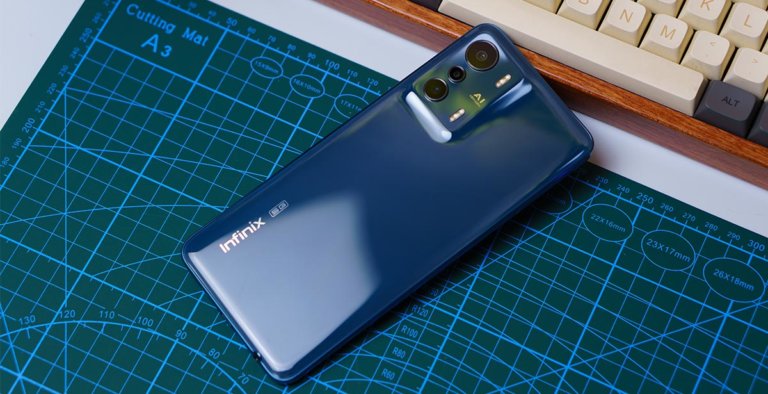
The Infinix Zero 5G is aiming to shake up the competition by offering quite the specification sheet for PhP 11,990. It comes with a MediaTek Dimensity 900 chip with 8GB RAM, a 6.78-inch 2460 x 1080 IPS display running at 120Hz, a triple camera setup with a 48MP f/1.8 main lens and a 13MP f/2.5 telephoto, among many others. But has Infinix compromised in some areas such a feature set for a lower price?
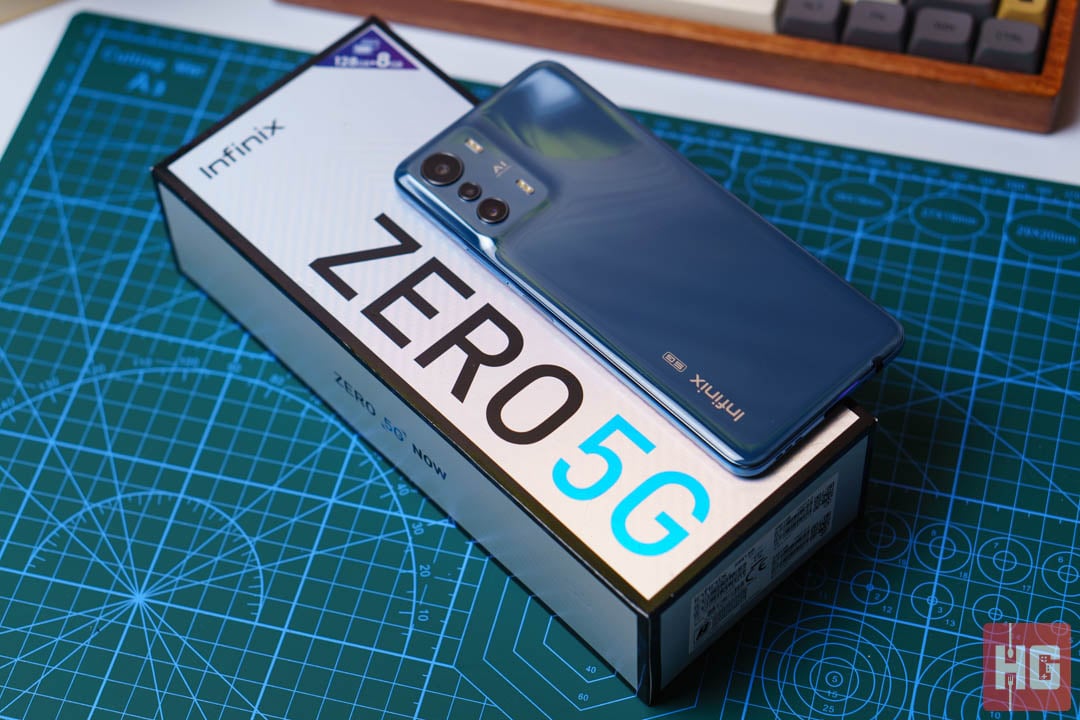
| Chipset | MediaTek Dimensity 900 |
| Screen | 6.78-inch IPS LTPS, 2460 x 1080, 120Hz |
| RAM | 8GB |
| OS | Android 11, XOS 10 |
| Rear Camera | 48MP f/1.8 Main, 13MP f/2.5 Telephoto, 2MP f/2.4 Portrait |
| Front Camera | 16MP f/2.0 |
| Video | Up to 4K 30fps, 1080p 60fps, 1080p 30fps, 720p 30fps |
| Storage | 128GB, MicroSD |
| Network | Dual-SIM, 5G |
| Connectivity | WiFi 802.11ax, Bluetooth 5.1, USB Type-C, 3.5mm Audio Jack |
| Battery | 5,000mAh, 33W Fast Charging |
| Others | Side-Mounted Fingerprint Scanner |
| Dimensions | 168.73 x 76.53 x 8.77mm |
| Weight | 199g |
| Colors | Cosmic Blue, Horizon Blue, Skylight Orange |

The Infinix Zero 5G is encased in a large space gray box with its branding embossed at the front. Inside is the smartphone itself, a silicone case, a welcome note, a USB Type-C cable, a 33W wall adapter, and a SIM pin ejector.
Nothing too exceptional here but Infinix has bundled everything for the device to work though it would have been nice if they included a pair of earphones.
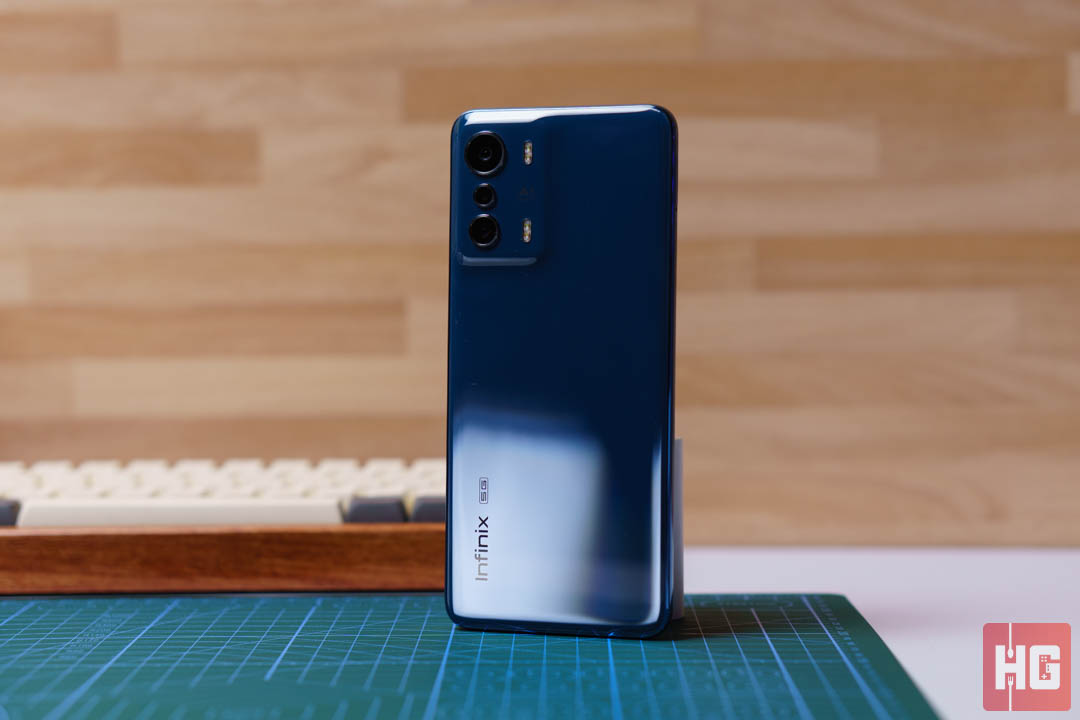
The smartphone has a simple blue color with a glossy finish. It’s refreshing to see such a simple design when some smartphones are having more garish designs nowadays. Its rear design starts and ends with the Infinix 5G branding and the camera bump.
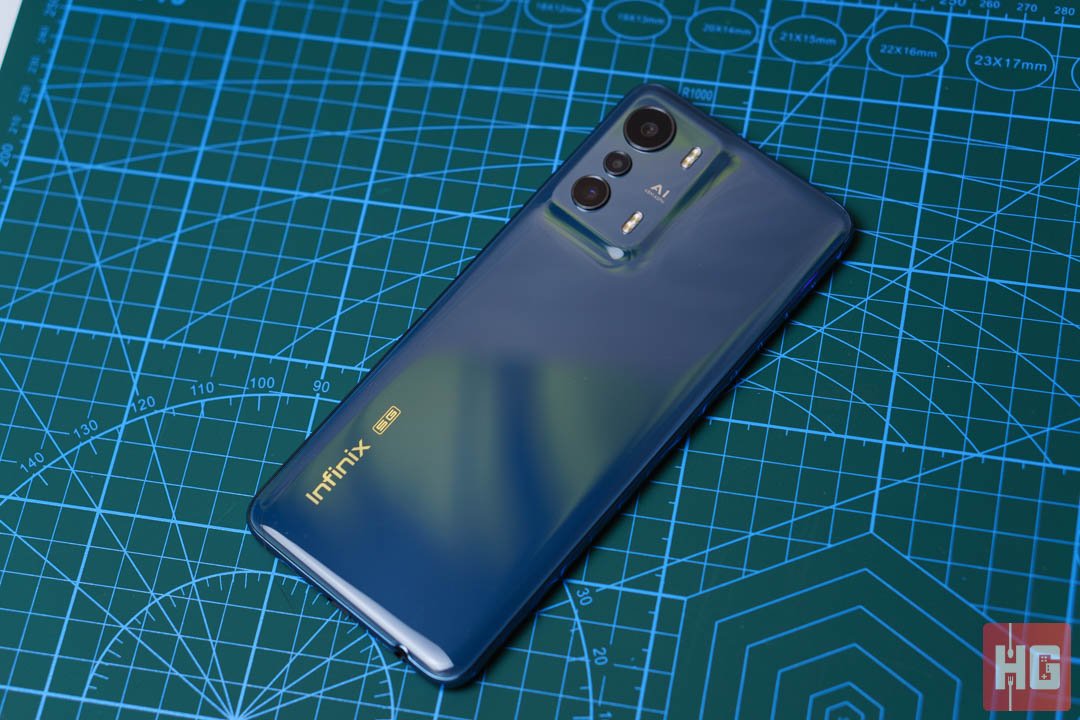
The chassis does not have any special coating to prevent smudges, dust, or scratches; which means that its luster will be lost as soon as it is touched without a case.
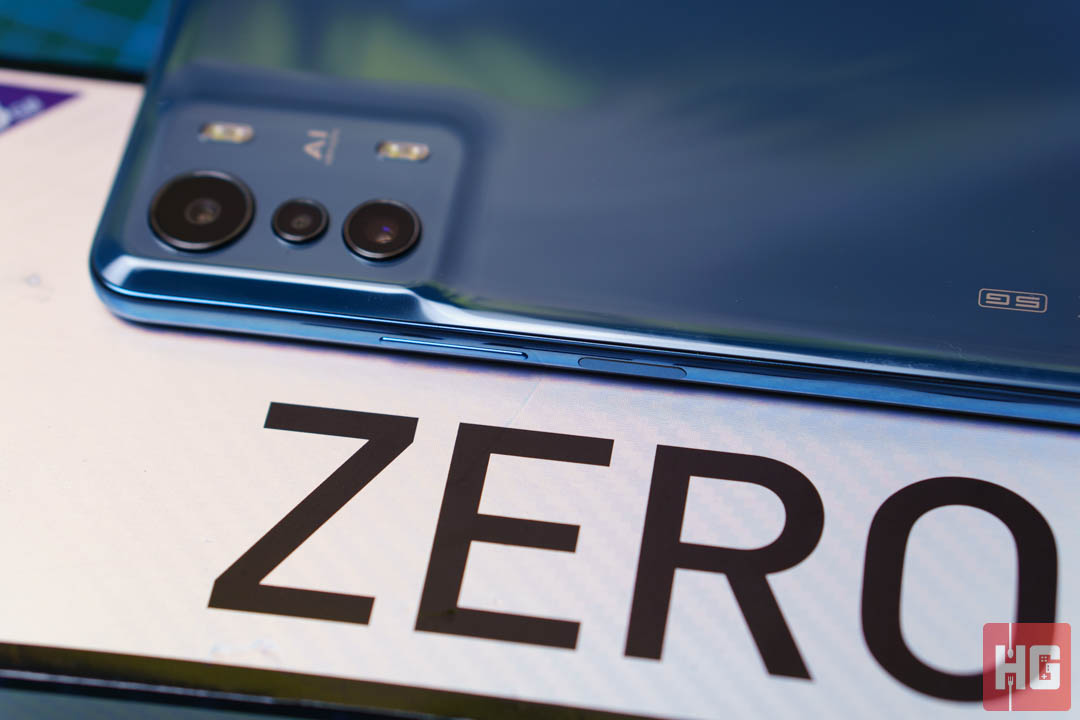

The sides are lightly curved and have the same glossy finish as the rear. All the buttons are clustered at the right-hand side with the power button having a slightly weaker tactility than the volume rocker. At the other side is its Dual-SIM card tray with a hybrid tray for a MicroSD card.
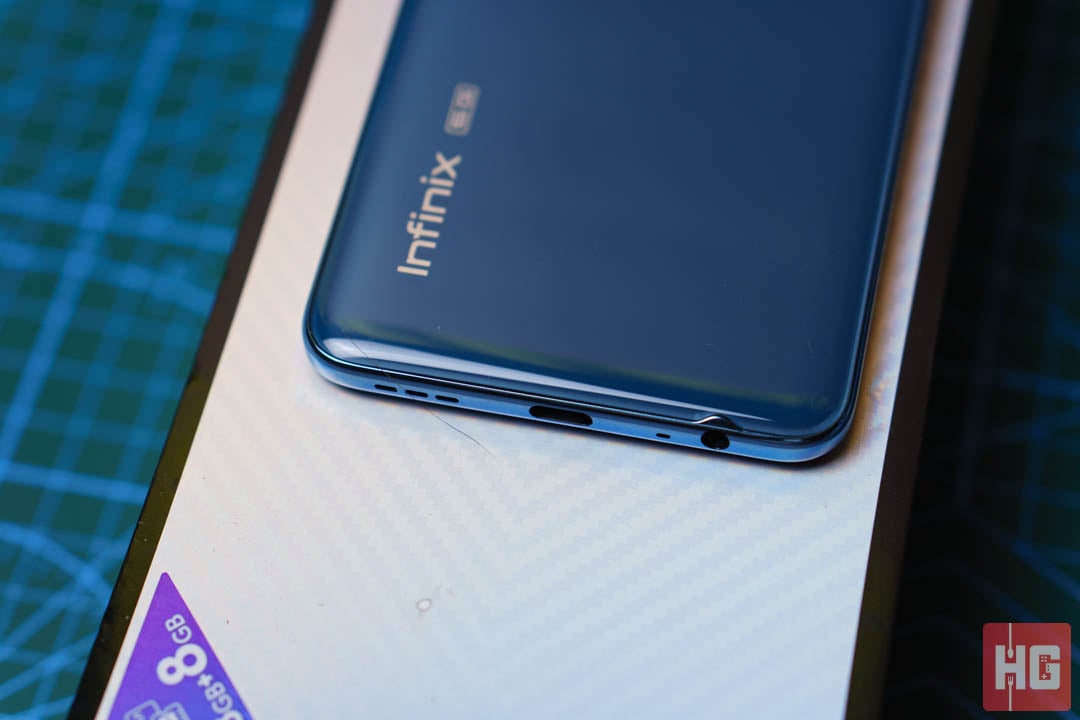
All its ports are at the bottom, which includes a USB Type-C port with 33W Fast Charging support and a 3.5mm audio jack. Located here as well is its lone bottom-firing speaker.

At the front is a 6.78-inch 2460 x 1080 IPS LTPS display with a 120Hz refresh rate. It is a decent display but it pales in comparison to AMOLED screens in the same price range. sRGB reproduction is good at around 93% but DCI-P3 is average at 78.60% as expected from its position in the market.
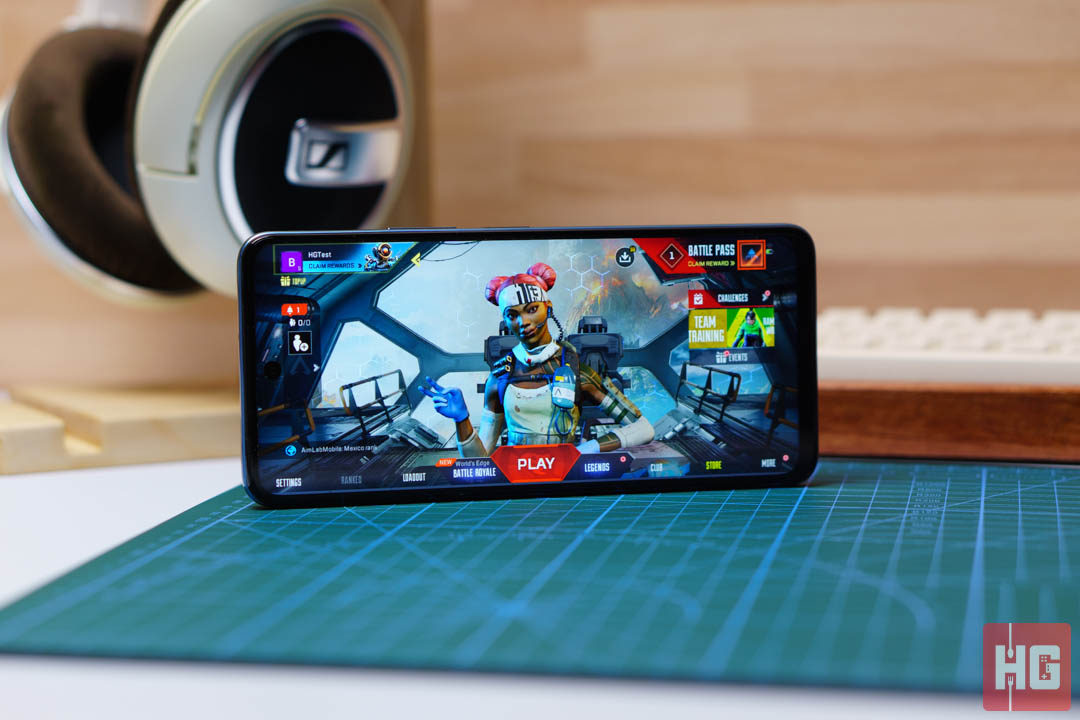
Blacks aren’t as deep but contrast is surprisingly high at 1511:1. Games that support high refresh rates will run more fluidly thanks to its high refresh rate. Brightness also has a wide range from a minimum of 0.3101 cd/m2 to the brightest of 469.35 cd/m2, strong enough to combat bright lights.

The Infinix Zero 5G only comes with a single bottom-firing speaker instead of utilizing its earpiece as a secondary stereo speaker unlike its sibling. This can lead to an unsatisfying listening experience. There’s very little in the way of definition and the bass lack punch. The speaker can also produce tinny audio once turned up to the maximum.
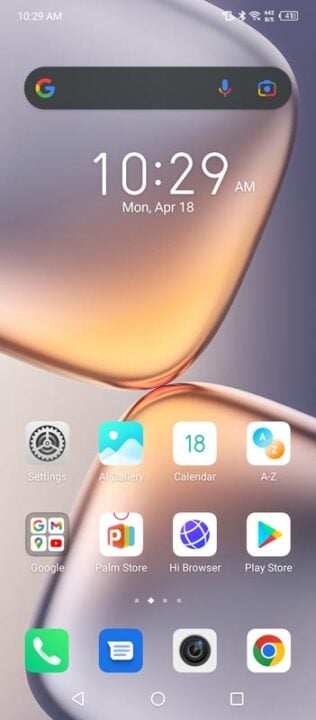

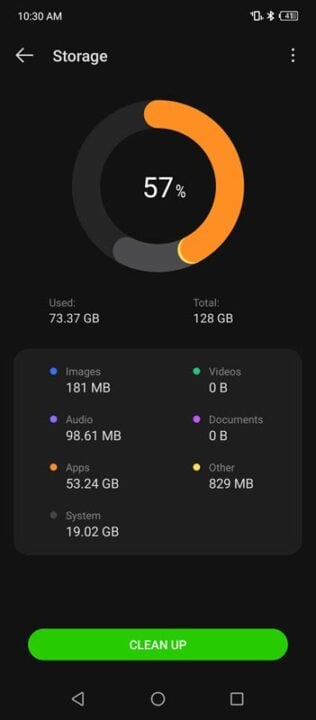
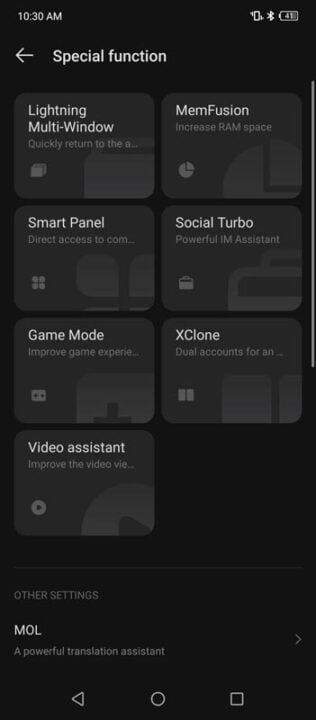

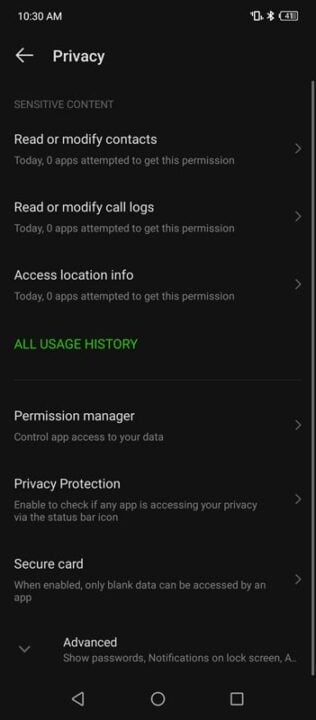


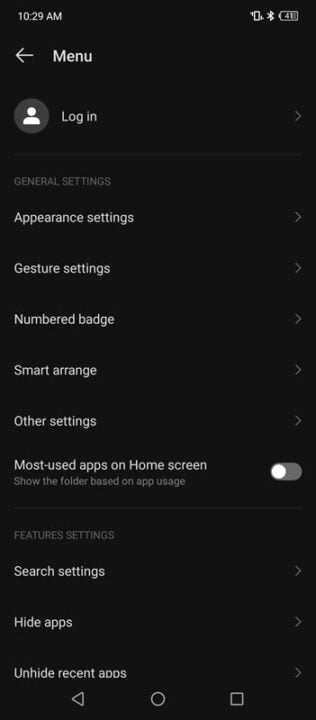
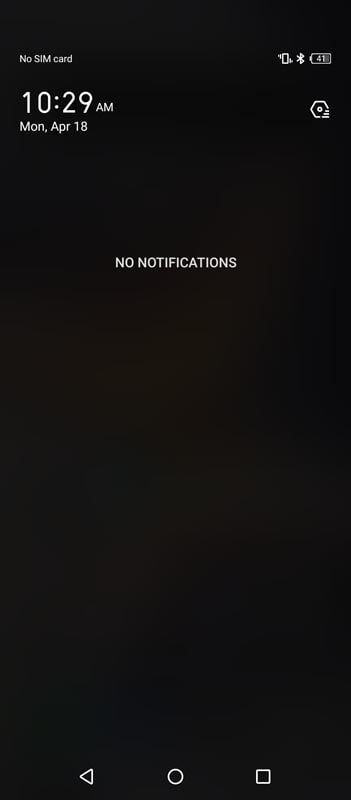
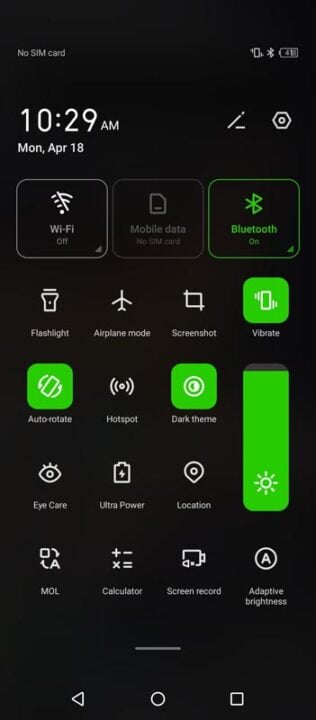
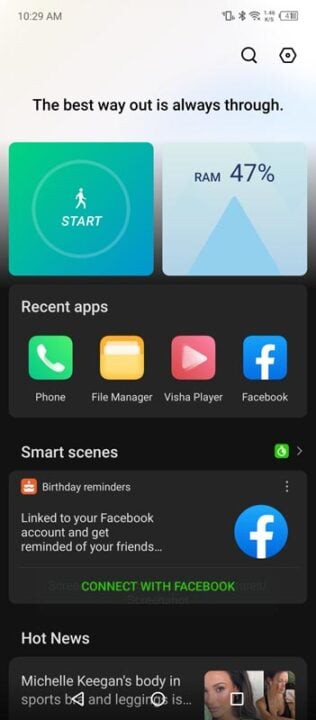
The Zero 5G runs on Infinix’s XOS 10 based on Android 11. The brand has made improvements in the OS including toning down some of the recommended apps on the drawer. Its looks are still heavily skinned with stylized icons and an overall dark green feel on top of dark mode.
Standard options are present like multi-screen, split-screen, command center, and theme customization. XOS does add more privacy options like hidden apps and folders, Kids Mode, XClone, Smart Scenes, Game Optimization, and Battery Optimization, among many others. More advanced users can also opt for XOS Lab, which puts out beta features.
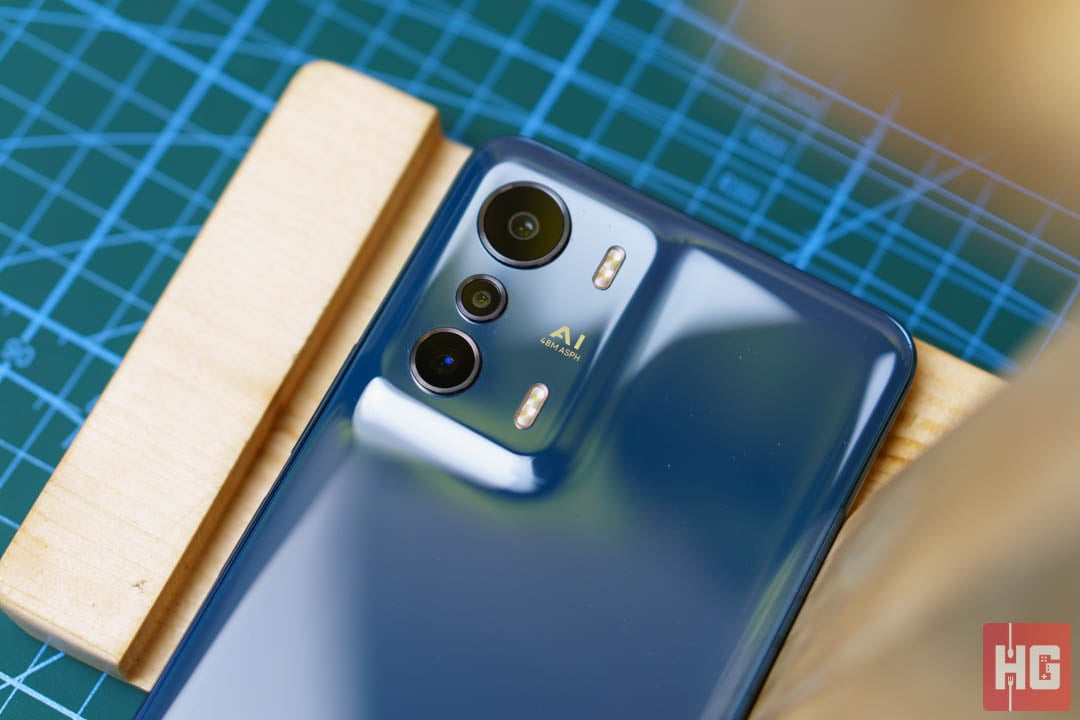
The Infinix Zero 5G has a total of three cameras at the back: a 48MP f/1.8 main lens, a 13MP f/2.5 telephoto, and a 2MP f/2.4 portrait. We are surprised that the brand included a telephoto lens instead of the usual ultrawide secondary.
The camera app comes with a few extras on top of the standard options. It supports HDR, Short Video, Beautification, Portrait, Super Night Mode, Slow Motion, AR Shot, and several filters. The main camera can take up to 4K30fps videos while the telephoto is capped at 1080p30fps.



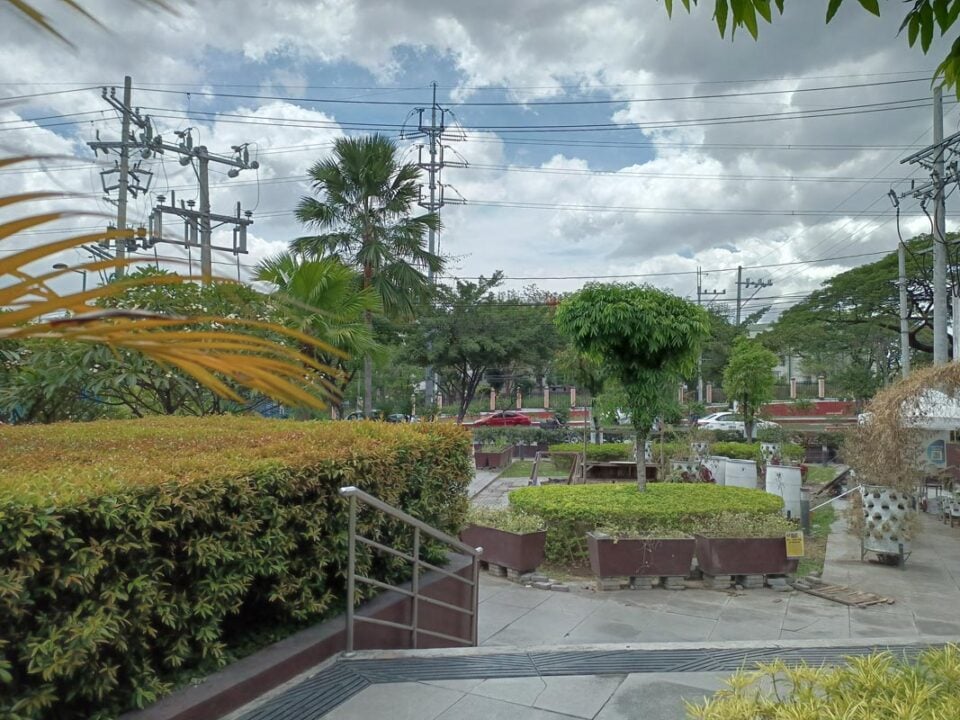




Its 48MP f/1.8 main camera is powered by a Samsung S5KGM1 sensor that natively takes 12MP photos. Performance is average for a lower midrange device with colors that range from okay to slightly drab. Sharpness in the photos in the middle is average while corners have some slight blurring.


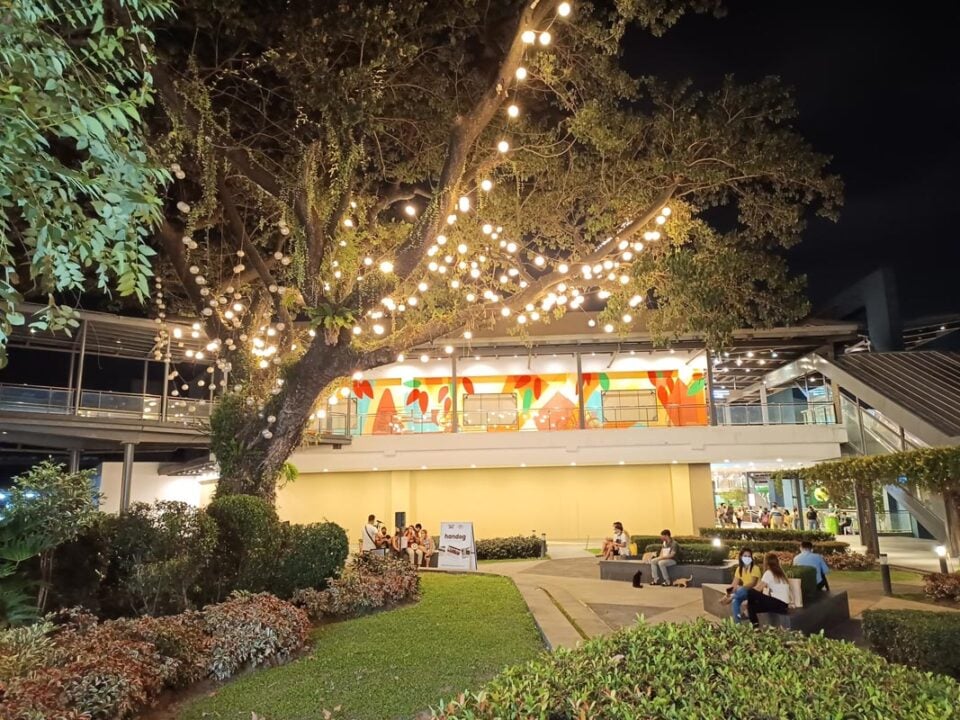
Night Mode is passable but it does have some shortcomings. Dynamic range is rather low and the camera will blowout some highlights in an attempt to properly expose everything.
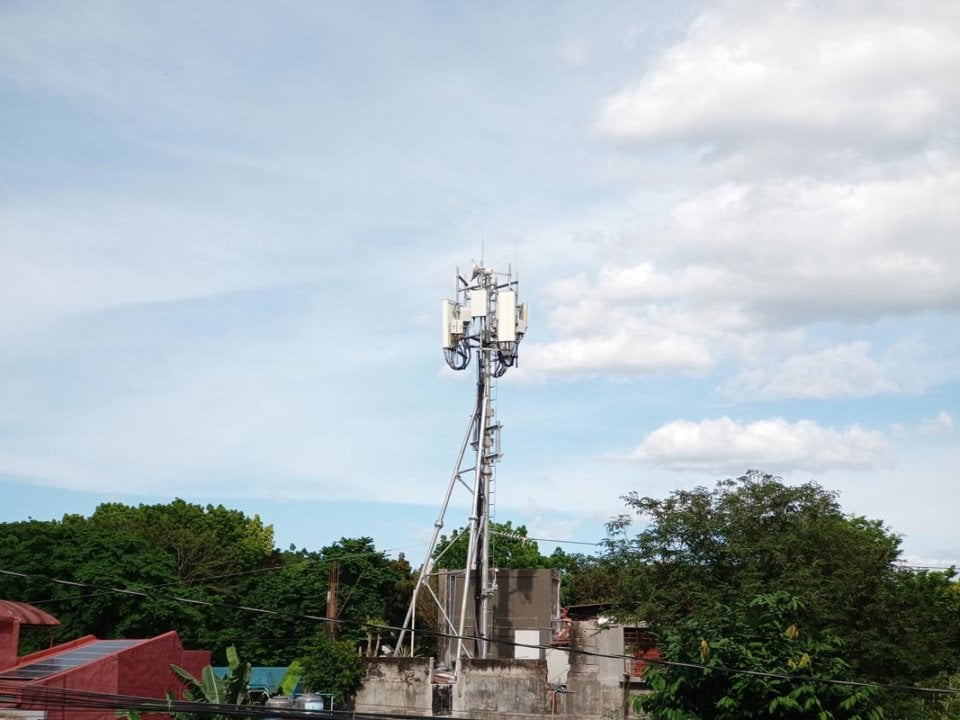
Infinix is replacing the usual ultrawide secondary with a 13MP f/2.5 telephoto lens. Some might dislike the removal of an ultrawide option but the telephoto lens can make an argument with its quality. Colors has much more pop compared to the main lens. The middle is sharp though edges experience some drop in sharpness.
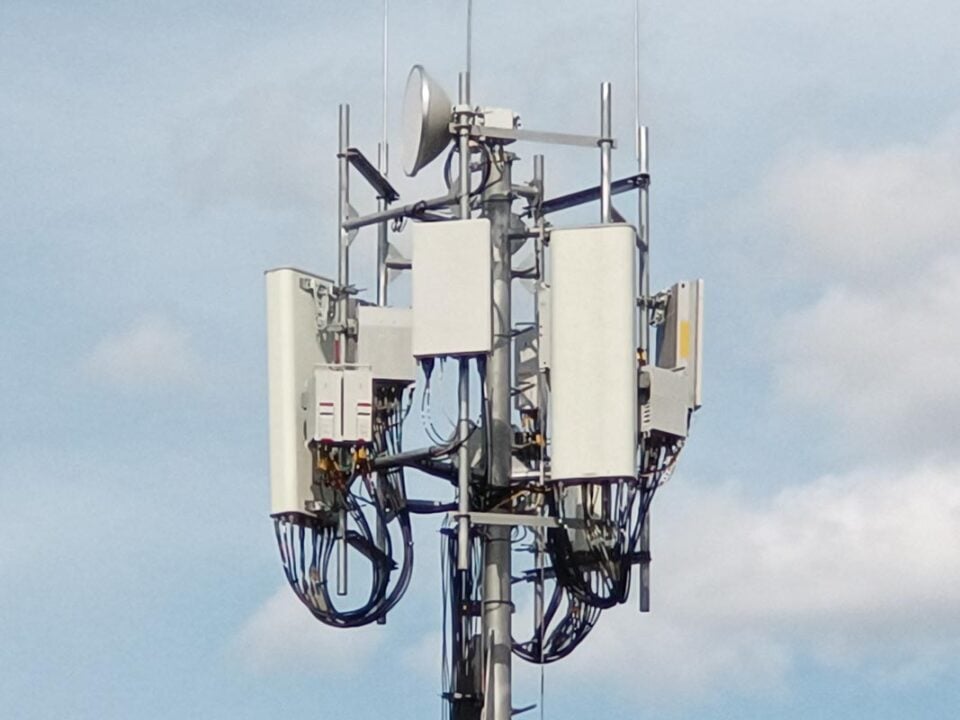
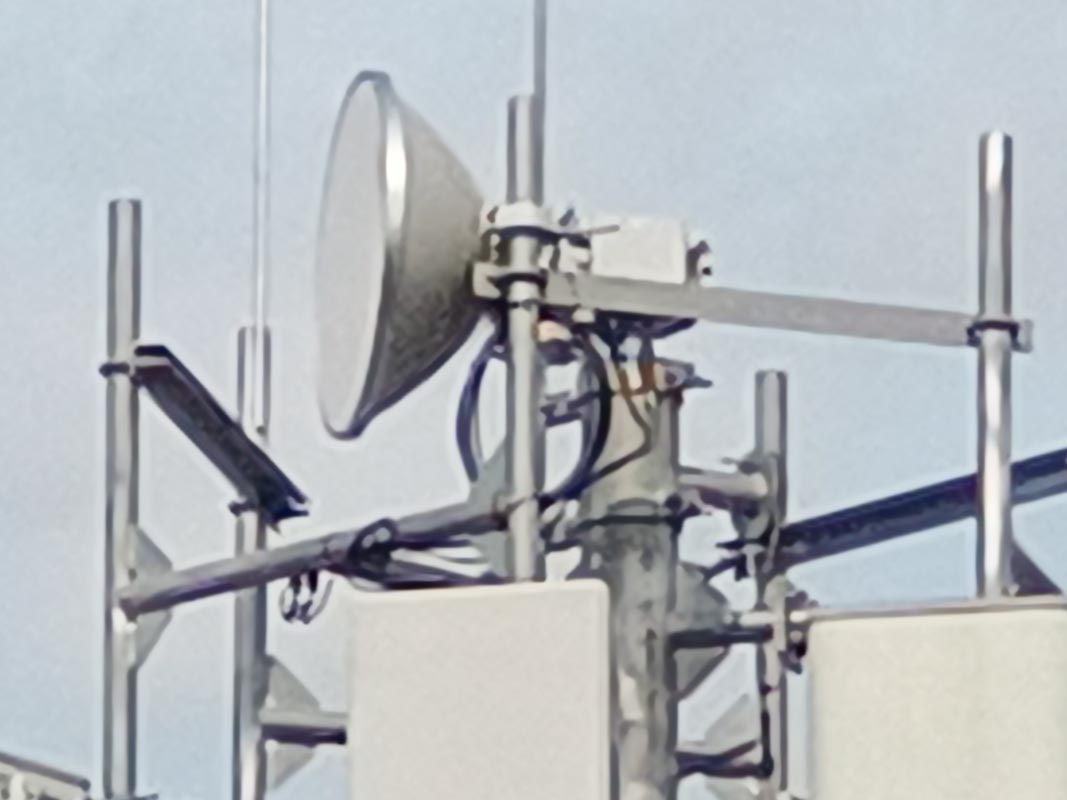
The telephoto lens also allows for lossless 2x zoom though there is a significant drop in quality only alleviated by sharpening by the software. Zoom levels can be pushed to 30x but the photo will look smudged and details are no longer present.
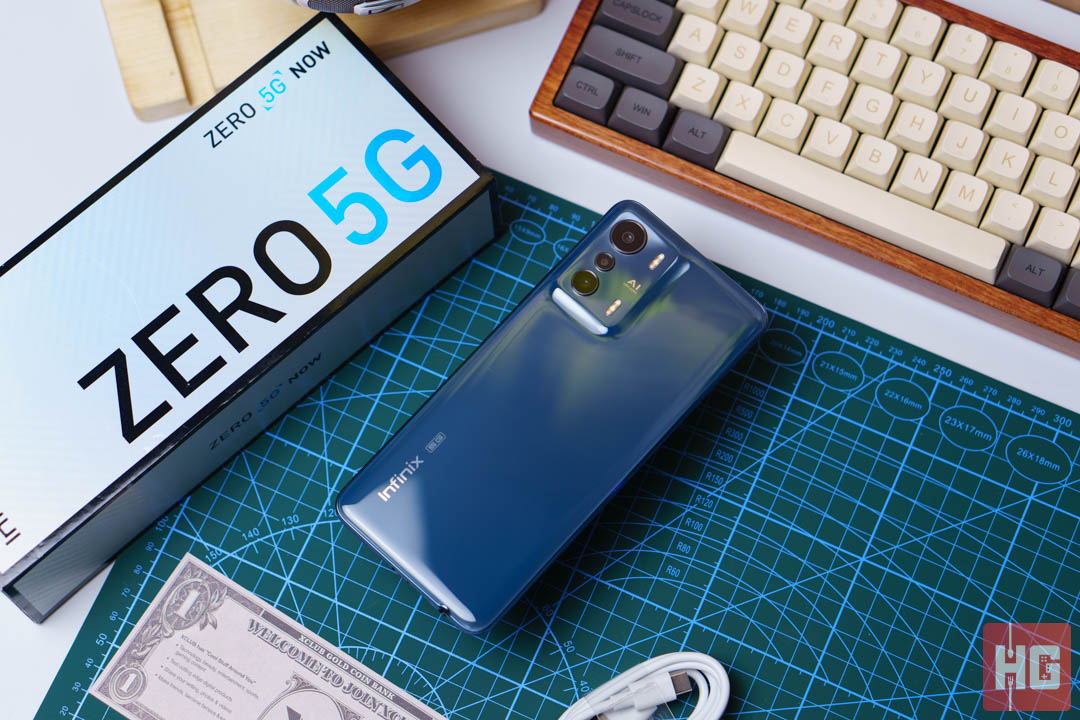
Infinix has managed to put a Dimensity 900 5G on the Zero 5G – a chip usually reserved for a more expensive handset. Complementing the chip is 8GB of RAM and 128GB of expandable storage. General performance is smooth as expected. There’s very little in the way of complaints when it comes to daily use.
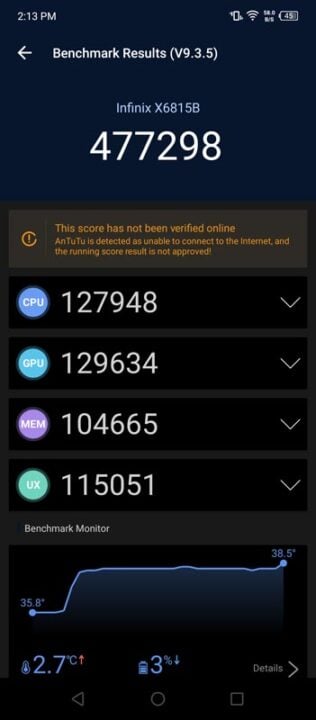

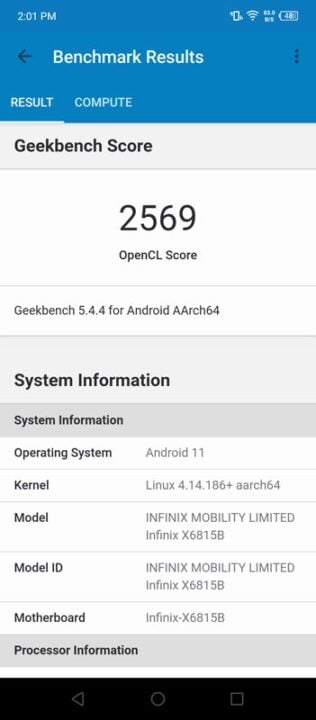
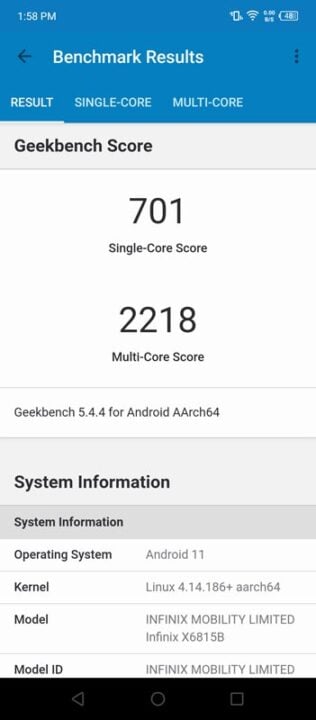
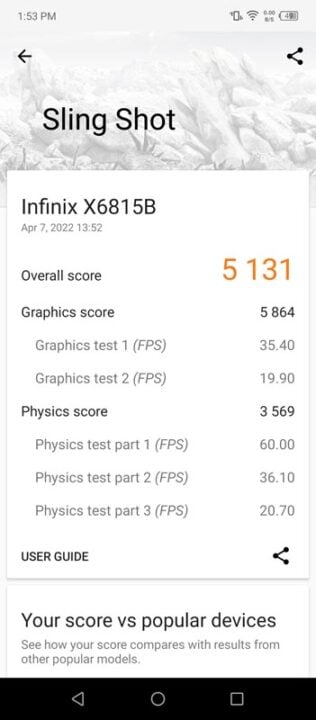
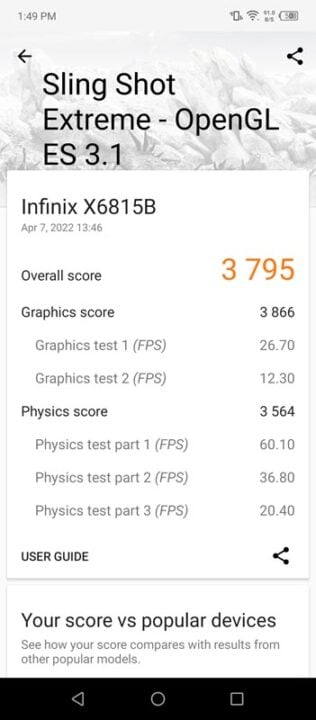
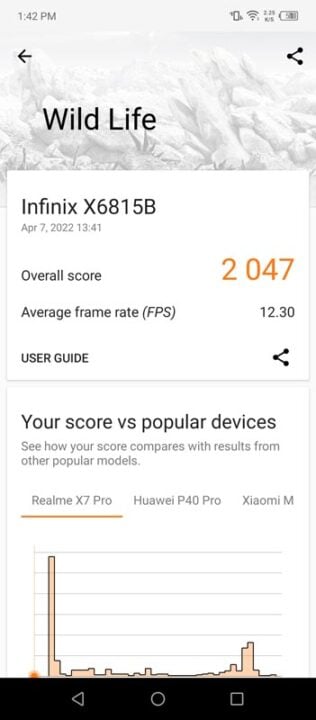
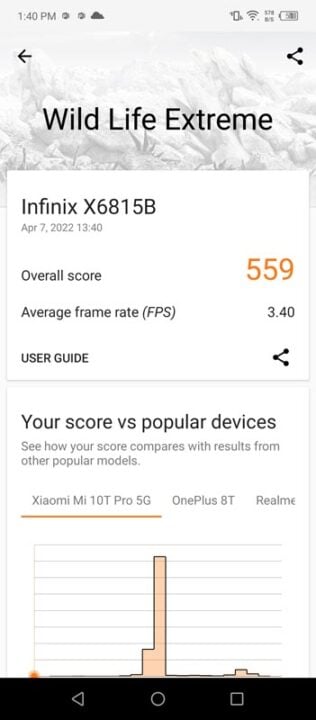
Synthetic benchmarks are pretty good and numbers don’t decrease just because the Dimensity 900 5G is placed on a relatively budget-oriented smartphone. It is still able to score around 470,000 in AnTuTu and nearly 12,000 in PCMark Work 3.0.

Gaming on the Infinix Zero 5G is incredibly smooth allowing for a steady 60fps on most titles. Genshin Impact remains the most demanding game in our suite with the device only reaching 39fps in Medium Settings. Framerates are steady with minimal sudden drops.
It is unfortunate, however, that mainstream games do not support 120Hz mode on the Infinix Zero 5G. Hopefully, an update will be pushed in the future allowing for higher framerates.
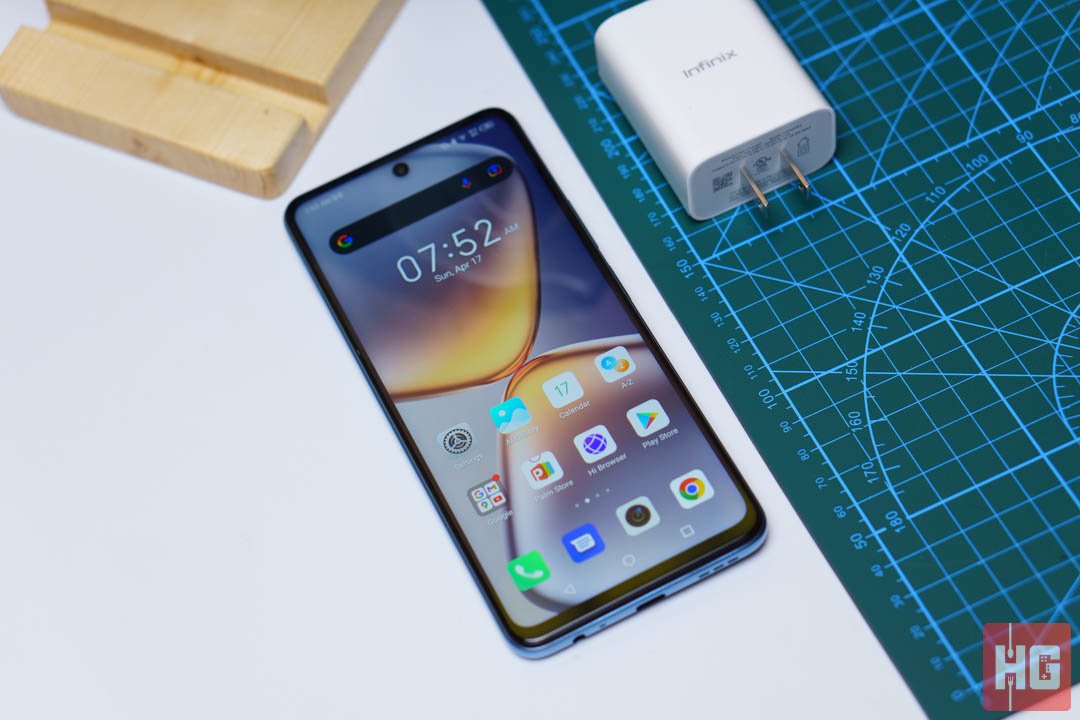
A 5,000mAh battery powers the Infinix Zero 5G. It should be able to provide around more than a day of medium use including browsing the Internet, watching videos, and occasional gaming. PCMark Work 3.0 puts the device in around 15 hours of straight use with medium brightness and volume.
The handset supports 33W Fast Charging through its USB Type-C port at the bottom. Charging will take around an hour and a half when the battery is fully drained.
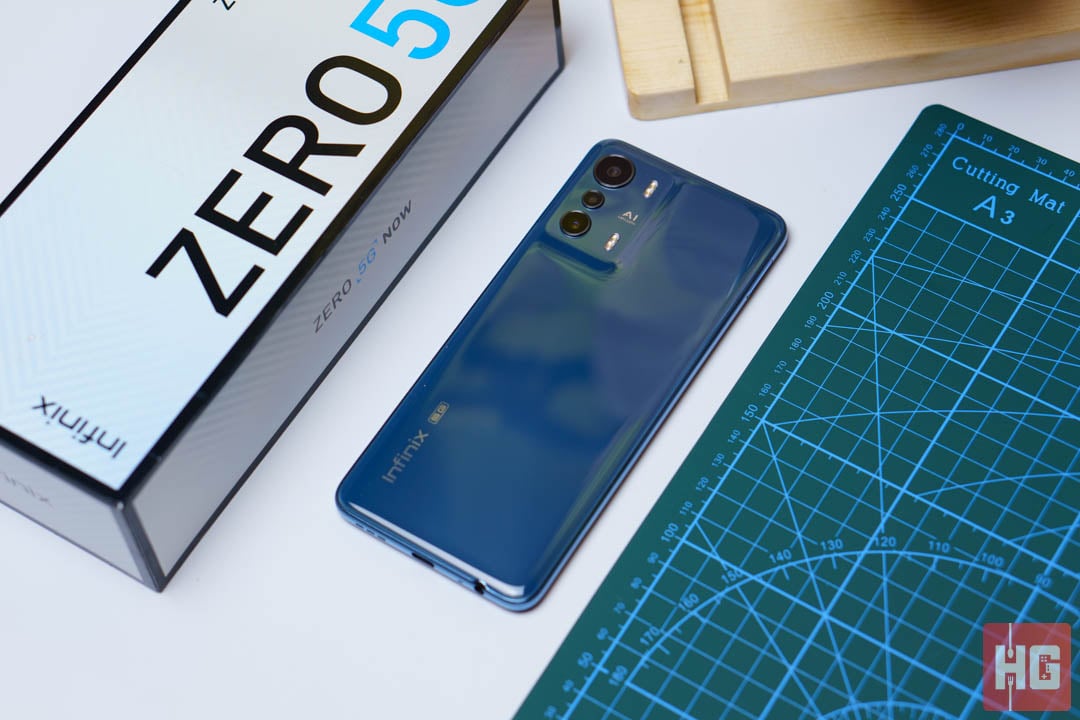
At PhP 11,990 in the Philippines, the Infinix Zero 5G is a solid smartphone with some quirks. Performance is terrific thanks to its Dimensity 900 and its 6.78-inch 2460 x 1080 IPS screen is silky smooth with a 120Hz refresh rate. Battery is also one of its high points as its 5,000mAh battery should last for more than a day.
Camera quality is rather mixed especially with its main camera. Colors range from okay to dull and Night Mode lacks dynamic range to get perfect low light photos. Its bottom-firing speaker also delivers and inadequate audio experience with tinny audio at higher levels and weak bass.
All in all, the Infinix Zero 5G is still a good device despite its short comings. It will lean towards the gaming crowd since its 120Hz display and Dimensity 900 can deliver the goods in most games and its 5,000mAh battery can keep it chugging throughout the day.
The Infinix Zero 5G is now available in the Philippines for PhP 11,990. It can be had through Infinix’s official Shopee and Lazada stores as well as via authorized retailers nationwide.
